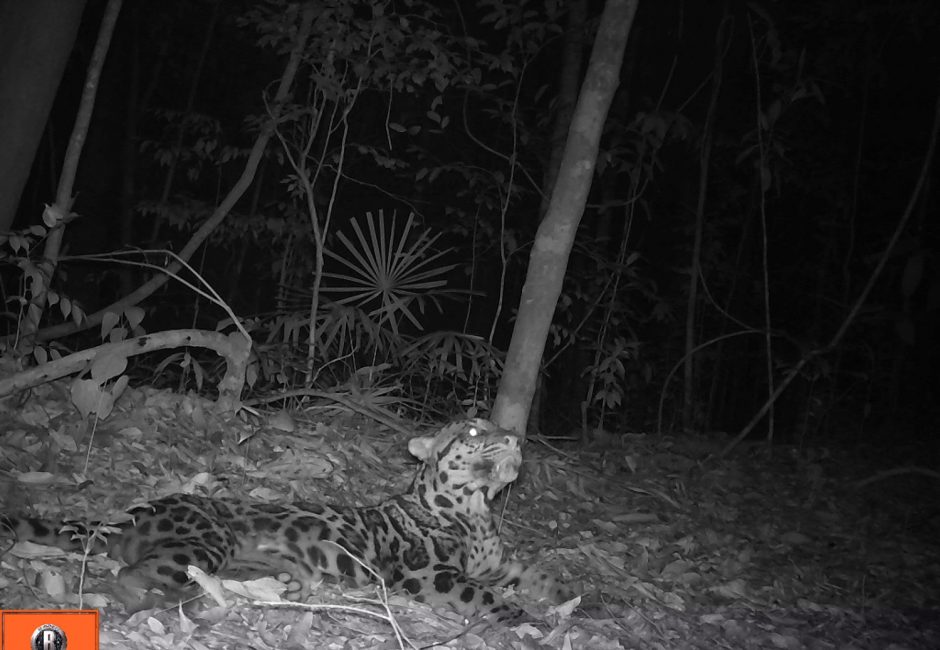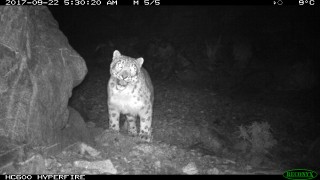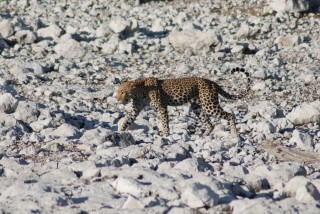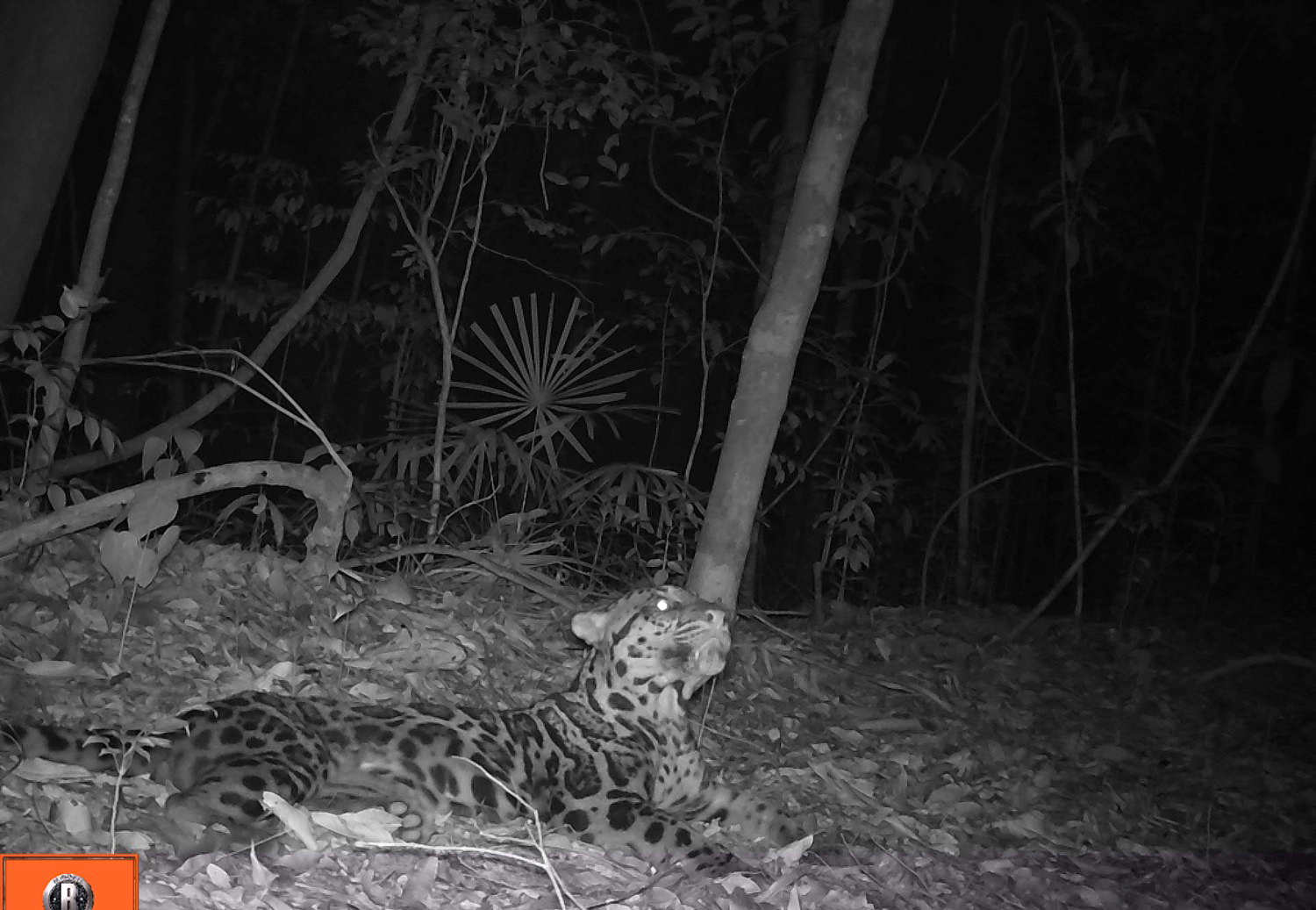
March 8, 2021
Clouded Leopard Candid
- as seen by -
 Alys Granados
Alys Granados
Clouded leopards (Neofelis diardi) are the apex predators of Borneo’s jungles, yet our knowledge of this elusive cat remains limited. Over the past decade, camera traps have provided new insights into clouded leopard ecology, giving us a glimpse into their behavior.
This adult clouded leopard seemed content to relax in front of one of our camera traps for several minutes, yet this species can also be quite arboreal. They are excellent climbers and their long tail (almost as long as their body length – nearly three feet) helps them balance as they move around in the trees. The extent of their arboreal nature may be variable. Where clouded leopards occur with tigers (e.g. Sumatra) and leopards (mainland Asia), clouded leopards may be more arboreal than where other big cats are absent (Borneo). Tigers and leopards hunt mostly on the ground and both would easily kill a clouded leopard so being more arboreal avoids competition and potential predation from the dominant big cats. However, until someone figures out how to monitor clouded leopards in trees, the idea is still mostly guesswork.
The Sunda clouded leopard occurs only on the island of Borneo. Increasing fragmentation and loss of Borneo’s forests threaten this little-known species, highlighting the importance of protecting forests that serves as ecological corridors to maintain connectivity between clouded leopard populations.
EDITOR’S NOTE: To celebrate Women’s History Month, Wild View is featuring posts by and about women and their contributions to science and conservation throughout March.
Reconyx




Leave a Comment